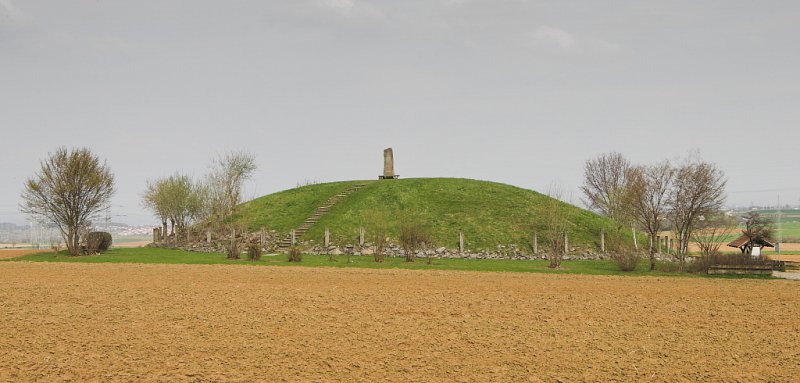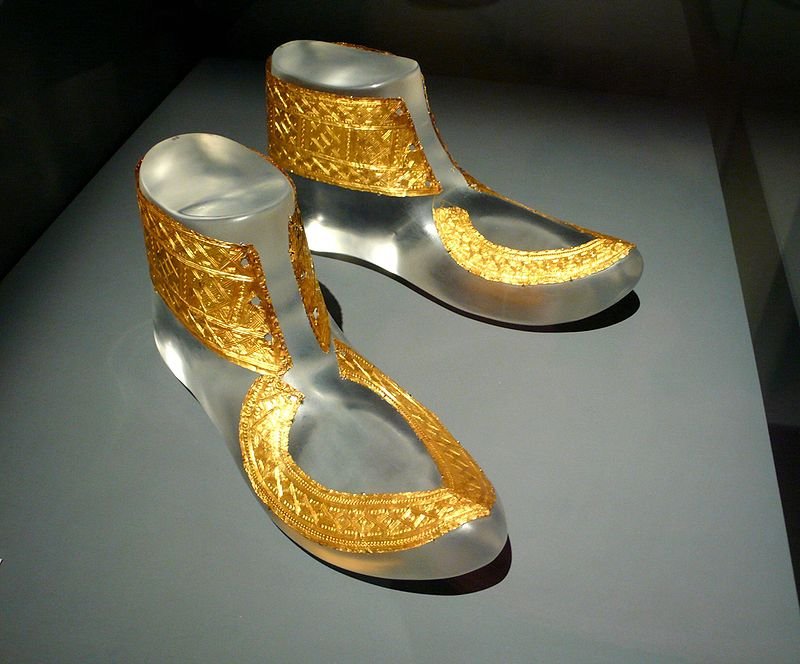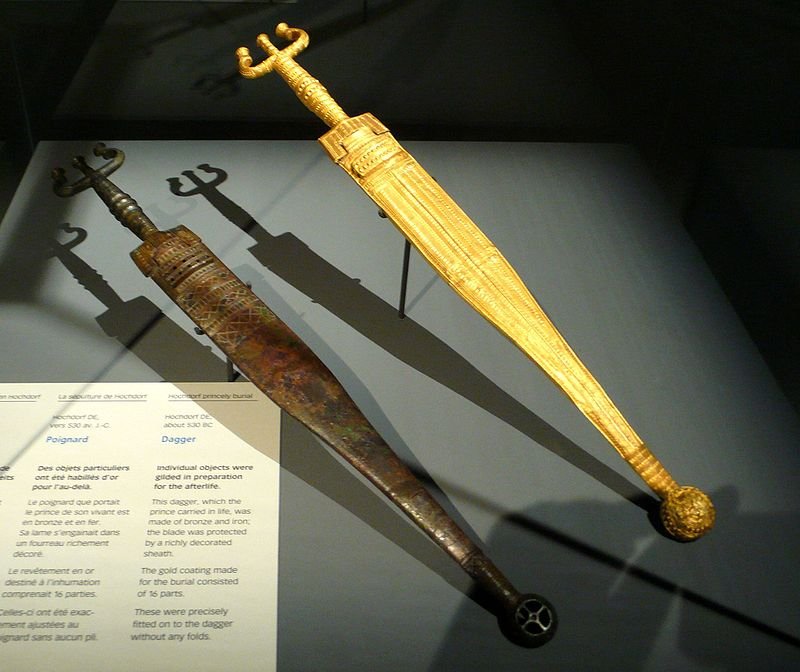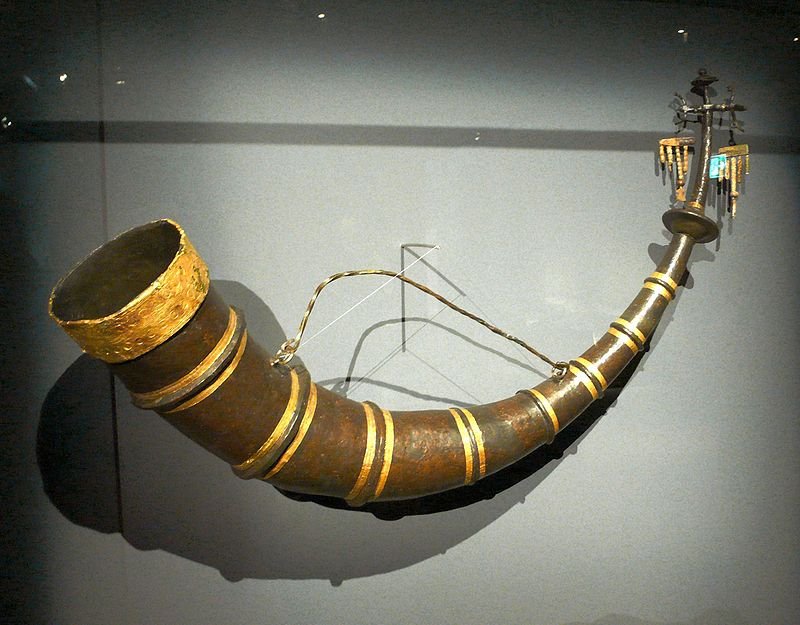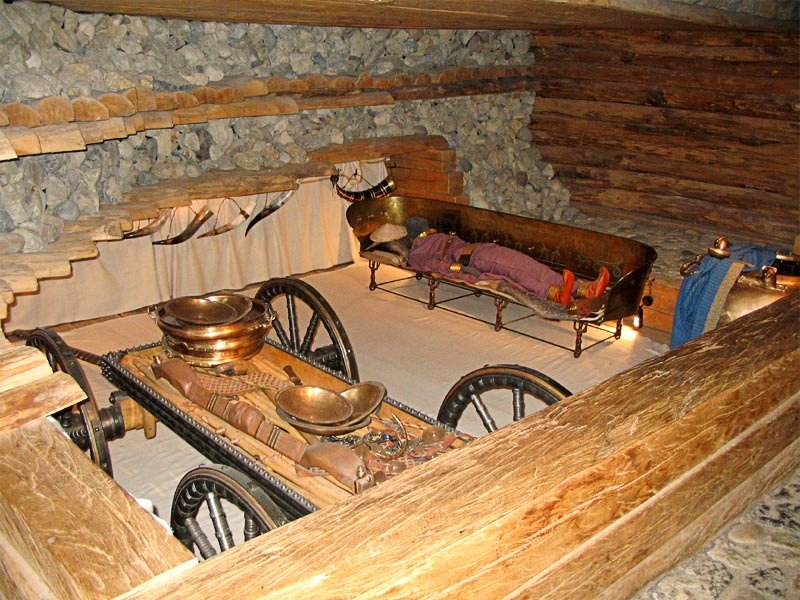Magnificent Hochdorf Chieftain’s Grave – Resting Place Of The Celtic Tutankhamun
Conny Waters - AncientPages.com - To discover a magnificent Celtic burial like the Hochdorf chieftain's grave is a dream of every archaeologist.
Celtic burial mound reconstructed. Credit: Detlef Meissner, CC BY 2.5
The Celts lived in large parts of Europe during the Bronze Age and Iron Age, and these intriguing people were skilled craftsmen whose artifacts we can admire today.
One ancient object often mentioned demonstrating the high artistic skills of the Celts is the Gundestrup Cauldron, a magnificent vessel made from richly decorated plates of silver that were assembled into a single cauldron.
However, the place of the discovery of the Gundestrup Cauldron was never inhabited by the Celts. The cultural exchange between the Thracians and Celts in Bulgaria probably inspired the motifs on the vessel.
Hochdorf Chieftain's Grave, golden shoes ornaments. Credit: Rosemania, CC BY 2.0
The Hochdorf chieftain's grave in Baden-Württemberg, Germany, offers a unique view of beautiful objects produced by the Celts.
Discovered by an amateur archaeologist in 1968, the tomb is often referred to as the resting place of the Celtic Tutankhamun.
The grave, dating from 530 BC, has been excavated and reconstructed. The 6 ft 2 in (187 cm) tall man buried in the grave was most likely a Celtic chieftain. His death was about 40 years ago, and his richly decorated tomb strengthens the theory that he must have been influential among his people.
The Celtic Chieftain was given a dagger with gold foil in preparation for the afterlife. Credit: Rosemania, CC BY 2.0
The unknown Celtic man was put to rest, wearing richly decorated garments with a gold-plated torc around his neck.
The man's golden shoes were the most astonishing of all objects in the grave.
A drinking horn was also found in the grave. Credit: Chez Cåsver, CC BY 2.0
The Celtic chieftain had a bracelet on his right arm and a hat made of birch bark. Among the burial gifts, archaeologists discovered a gold-plated dagger made of bronze and iron, beautiful amber jewelry and a razor knife, a nail clipper, a comb, fishing hooks, and arrows.
So far, archaeologists have discovered about 100 similar graves from the same period in France, Germany, and Switzerland.
Reconstruction of the Celtic Hochdorf Chieftain's Grave in the Museum. Credit: jnn95, CC BY-SA 3.0
Unlike the mysterious Bull Rock cave, where scientists uncovered an ancient mass grave that remains unexplained, the history of the Hochdorf Chieftain's grave was much easier to reconstruct.
In 1985 the Hochdorf Chieftain's Grave was successfully reconstructed, and a museum was built near the ancient burial mound.
The presence of Celtic inhabitants was confirmed when archaeologists unearthed an ancient Celtic village not far from the tomb belonging to the Celtic Tutankhamun.
Updated on January 29, 2023
Written by Conny Waters – AncientPages.com Staff Writer
Copyright © AncientPages.com All rights reserved. This material may not be published, broadcast, rewritten or redistributed in whole or part without the express written permission of AncientPages.com
More From Ancient Pages
-
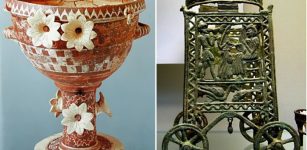 Minoans: Highly Advanced Bronze Age Civilization Of Europe
Featured Stories | Sep 23, 2023
Minoans: Highly Advanced Bronze Age Civilization Of Europe
Featured Stories | Sep 23, 2023 -
 Kallikantzaroi: Naughty Nocturnal Goblins Emerge From Underground Only During Twelve Days Of Christmas
Ancient Traditions And Customs | Jan 3, 2025
Kallikantzaroi: Naughty Nocturnal Goblins Emerge From Underground Only During Twelve Days Of Christmas
Ancient Traditions And Customs | Jan 3, 2025 -
 Inanna – Prominent And Highly Honored Mesopotamian Goddess
Featured Stories | May 31, 2021
Inanna – Prominent And Highly Honored Mesopotamian Goddess
Featured Stories | May 31, 2021 -
 Ancient DNA From The Green Sahara Reveals North African Lineage – Study
DNA | Apr 3, 2025
Ancient DNA From The Green Sahara Reveals North African Lineage – Study
DNA | Apr 3, 2025 -
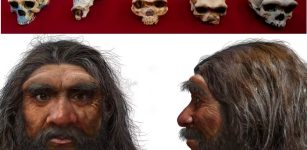 Homo Longi: Extinct Human Species That May Replace Neanderthals As Our Closest Relatives
Evolution | Sep 14, 2023
Homo Longi: Extinct Human Species That May Replace Neanderthals As Our Closest Relatives
Evolution | Sep 14, 2023 -
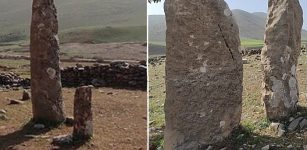 Unique Headstones Of Kela Mazin Cemetery In Kurdistan Are Probably 3,000 Years Old Or Much More
Archaeology | May 7, 2022
Unique Headstones Of Kela Mazin Cemetery In Kurdistan Are Probably 3,000 Years Old Or Much More
Archaeology | May 7, 2022 -
 Remains Of An Ancient Seaport In Asini, Greece Discovered By Underwater Archaeologists
Archaeology | Mar 12, 2025
Remains Of An Ancient Seaport In Asini, Greece Discovered By Underwater Archaeologists
Archaeology | Mar 12, 2025 -
 Secrets Of The Ancient Children Of The Moon Whose God Came From Outer Space In A Shining Flying Disc
Ancient Mysteries | Jun 1, 2020
Secrets Of The Ancient Children Of The Moon Whose God Came From Outer Space In A Shining Flying Disc
Ancient Mysteries | Jun 1, 2020 -
 No Evidence Ancient Caribbeans Were Cannibals – Scientists Say
Archaeology | Aug 23, 2021
No Evidence Ancient Caribbeans Were Cannibals – Scientists Say
Archaeology | Aug 23, 2021 -
 Ancient Secrets Of The Amazon Jungle – Dangerous Expeditions And Hidden Treasures – Part 1
Ancient Mysteries | Mar 1, 2019
Ancient Secrets Of The Amazon Jungle – Dangerous Expeditions And Hidden Treasures – Part 1
Ancient Mysteries | Mar 1, 2019 -
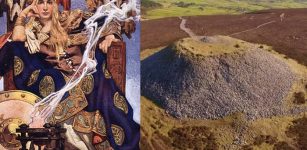 Is Legendary Celtic Warrior Queen Medb Buried In An Ancient Mound On The Top Of Knocknarea?
Celtic Mythology | Jan 24, 2021
Is Legendary Celtic Warrior Queen Medb Buried In An Ancient Mound On The Top Of Knocknarea?
Celtic Mythology | Jan 24, 2021 -
 Rock-Hewn Ancient Churches Of Lalibela
Civilizations | Aug 22, 2018
Rock-Hewn Ancient Churches Of Lalibela
Civilizations | Aug 22, 2018 -
 13,000-Year-Old Human Footprints Discovered In Canada
Archaeology | Mar 30, 2018
13,000-Year-Old Human Footprints Discovered In Canada
Archaeology | Mar 30, 2018 -
 How Far South Did Prehistoric Highly Skilled Polynesian Seafarers Sail?
Archaeology | Nov 1, 2024
How Far South Did Prehistoric Highly Skilled Polynesian Seafarers Sail?
Archaeology | Nov 1, 2024 -
 World’s Largest Complex Of Borobudur – Spectacular Buddhist Masterpiece
Civilizations | May 3, 2016
World’s Largest Complex Of Borobudur – Spectacular Buddhist Masterpiece
Civilizations | May 3, 2016 -
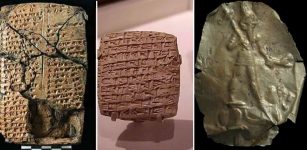 Kültepe: Once Part Of The Kingdom Of Hittites And The Center of a complex network of Assyrian trade colonies in the 2nd millennium B.C.
Civilizations | Oct 16, 2015
Kültepe: Once Part Of The Kingdom Of Hittites And The Center of a complex network of Assyrian trade colonies in the 2nd millennium B.C.
Civilizations | Oct 16, 2015 -
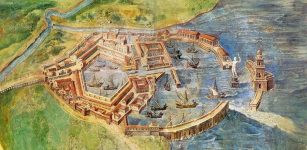 Portus: History Of Ancient Roman Hub Of Commerce – Reconstructed With New Methods
Archaeology | Jul 17, 2019
Portus: History Of Ancient Roman Hub Of Commerce – Reconstructed With New Methods
Archaeology | Jul 17, 2019 -
 Mysterious Underground City In Brazil Could Re-Write Ancient History – Riddle Of The 12 Men – Part 2
Ancient Mysteries | Jan 26, 2022
Mysterious Underground City In Brazil Could Re-Write Ancient History – Riddle Of The 12 Men – Part 2
Ancient Mysteries | Jan 26, 2022 -
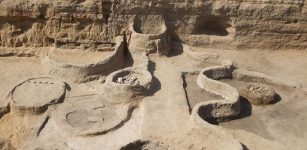 Part Of Long-Lost Pelusiac Branch Of Nile Uncovered In Egypt
Civilizations | Sep 20, 2015
Part Of Long-Lost Pelusiac Branch Of Nile Uncovered In Egypt
Civilizations | Sep 20, 2015 -
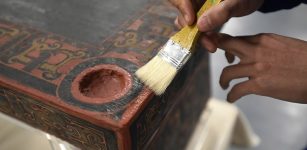 2,500-Year-Old ‘Dragon Bed’ Restored By Chinese Archaeologists
Archaeology | Jan 21, 2018
2,500-Year-Old ‘Dragon Bed’ Restored By Chinese Archaeologists
Archaeology | Jan 21, 2018

